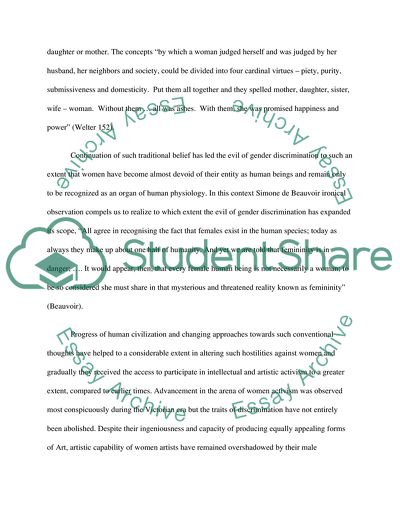Cite this document
(Female Artist Term Paper Example | Topics and Well Written Essays - 1750 words, n.d.)
Female Artist Term Paper Example | Topics and Well Written Essays - 1750 words. Retrieved from https://studentshare.org/performing-arts/1737777-female-artist
Female Artist Term Paper Example | Topics and Well Written Essays - 1750 words. Retrieved from https://studentshare.org/performing-arts/1737777-female-artist
(Female Artist Term Paper Example | Topics and Well Written Essays - 1750 Words)
Female Artist Term Paper Example | Topics and Well Written Essays - 1750 Words. https://studentshare.org/performing-arts/1737777-female-artist.
Female Artist Term Paper Example | Topics and Well Written Essays - 1750 Words. https://studentshare.org/performing-arts/1737777-female-artist.
“Female Artist Term Paper Example | Topics and Well Written Essays - 1750 Words”, n.d. https://studentshare.org/performing-arts/1737777-female-artist.


